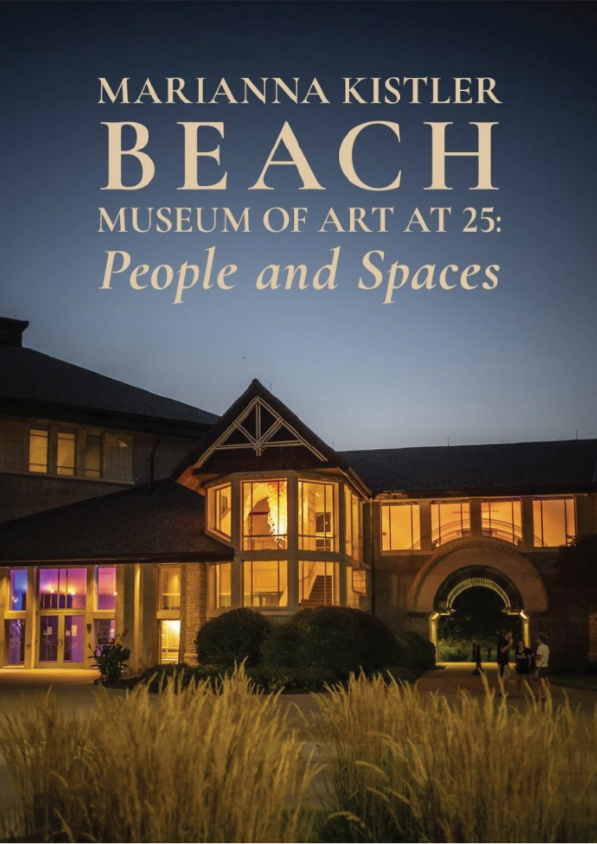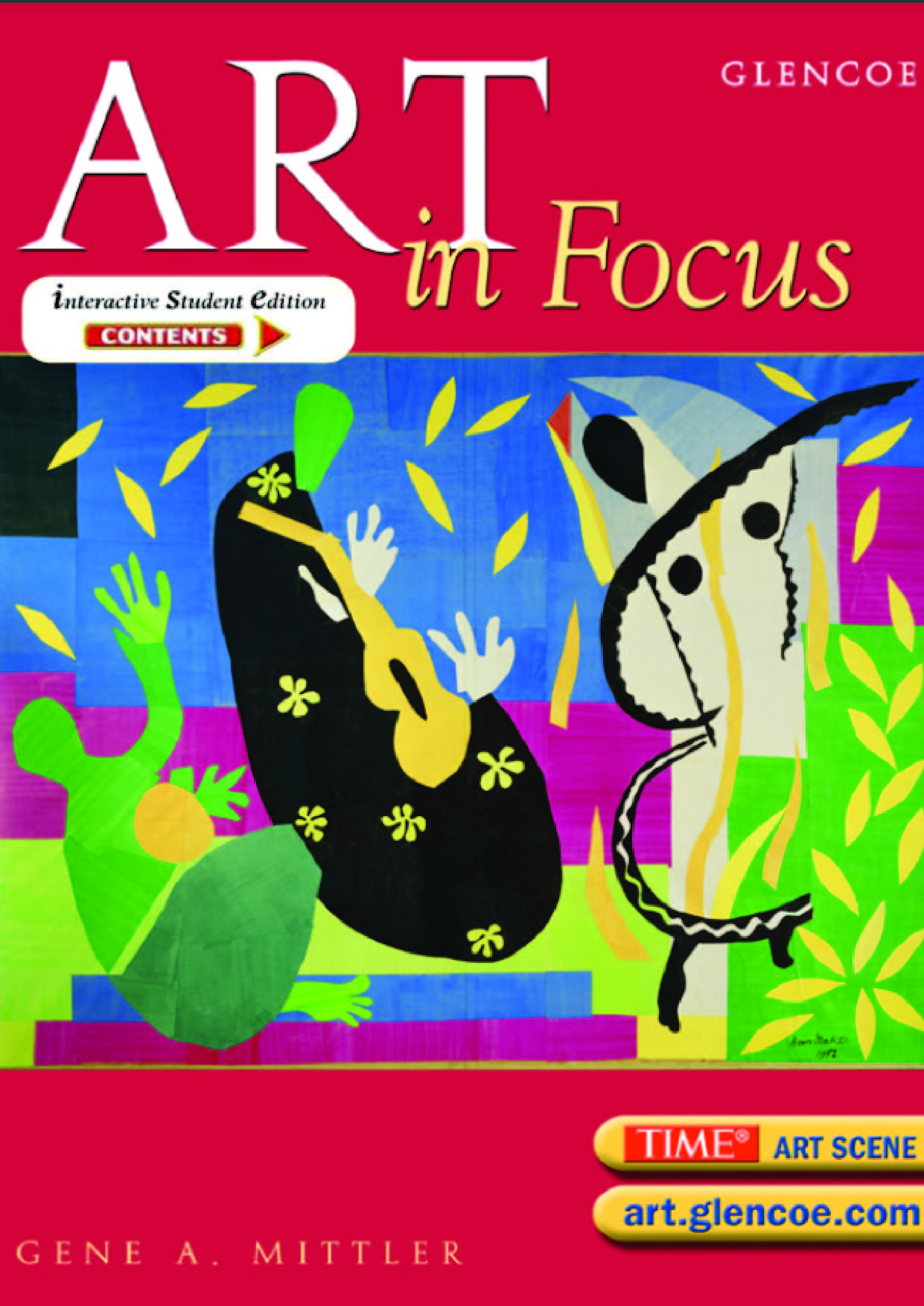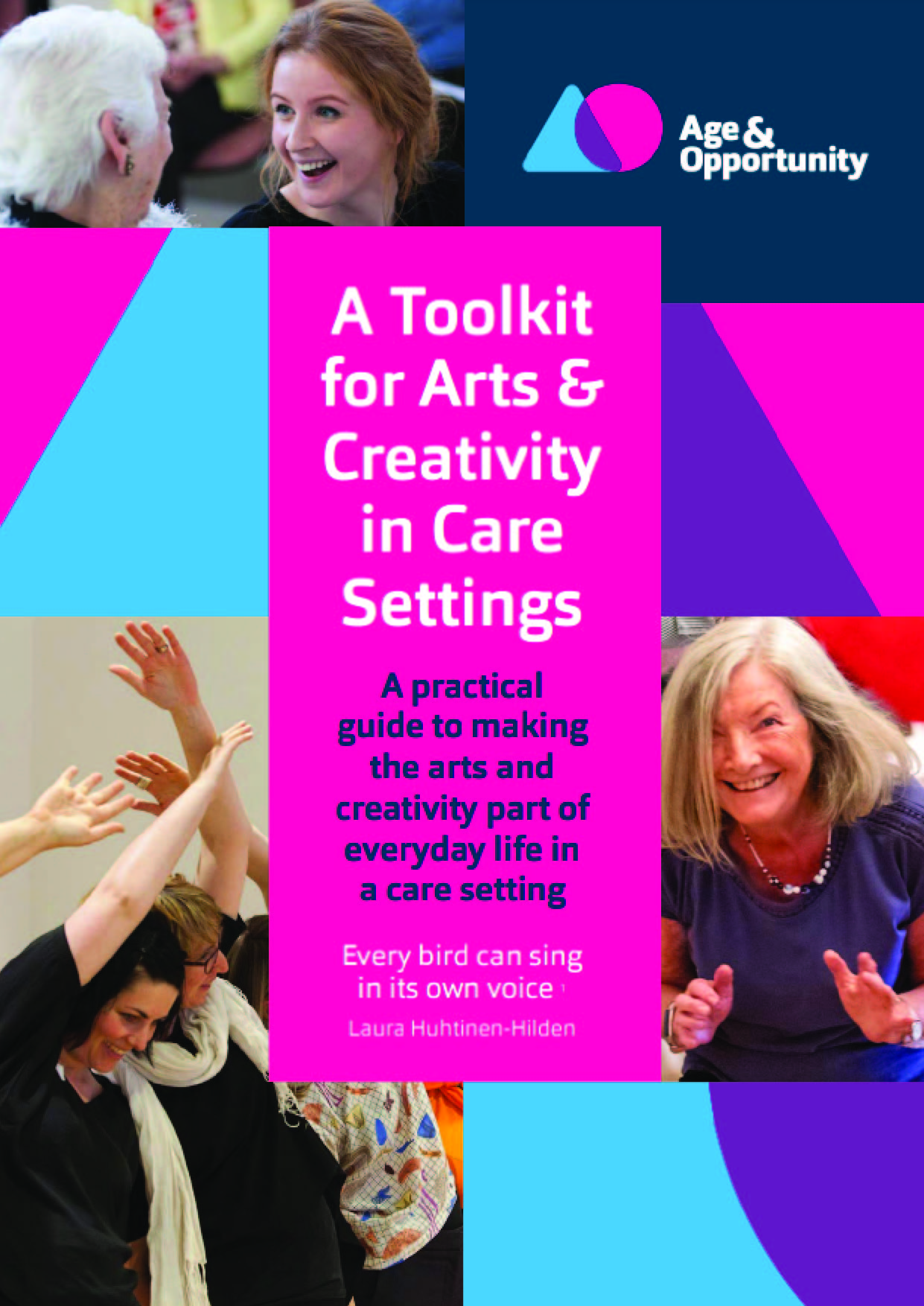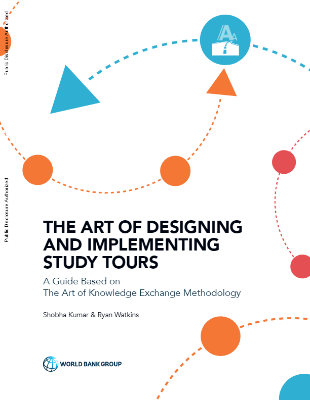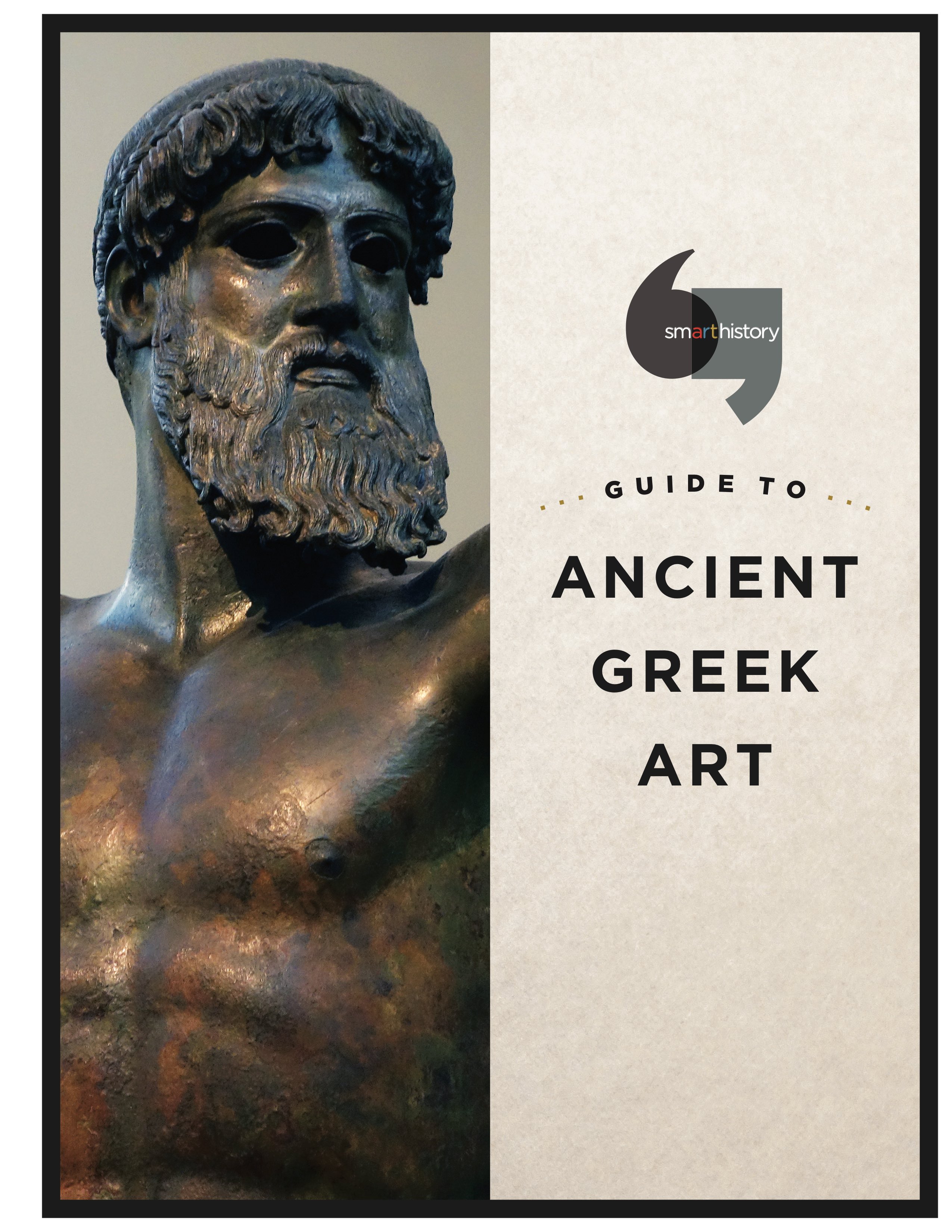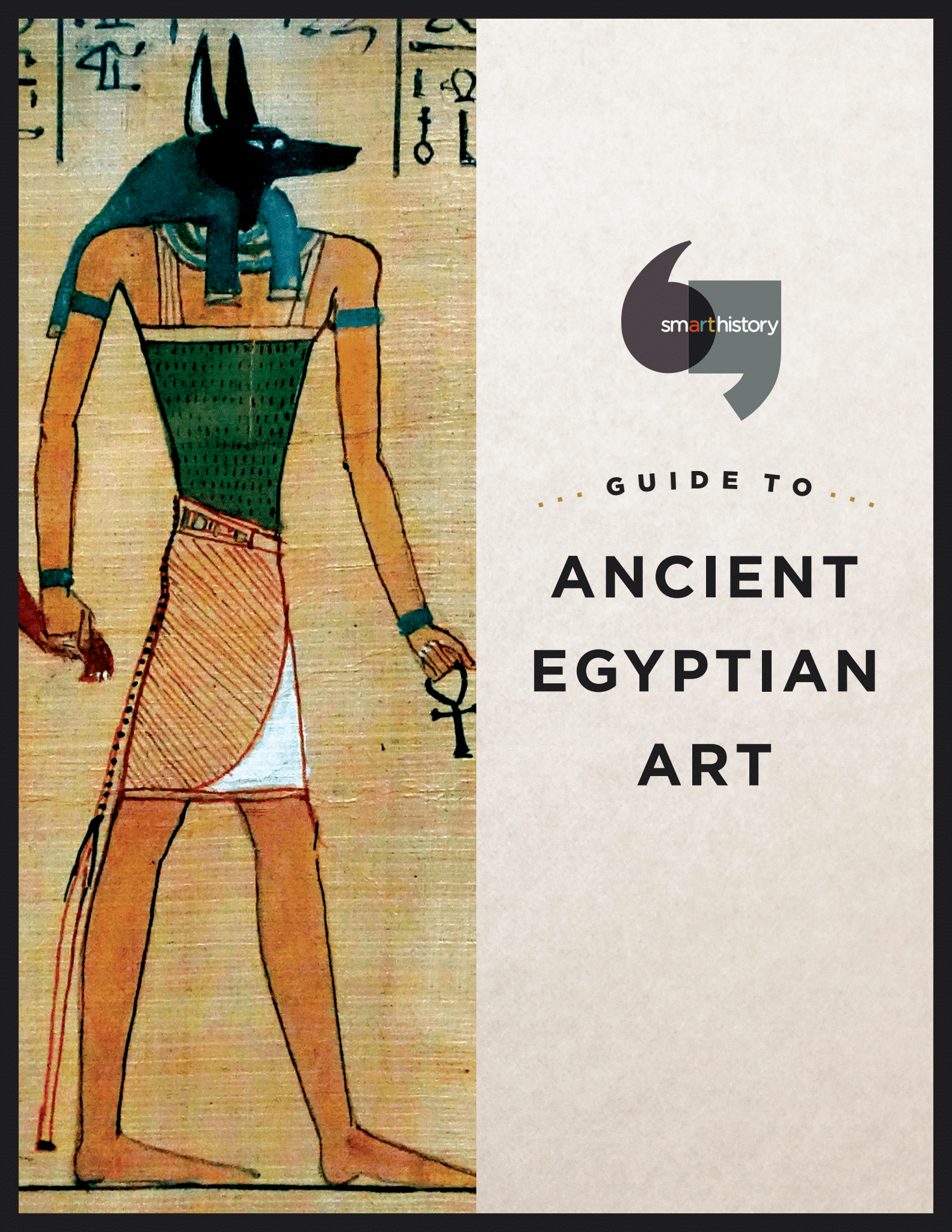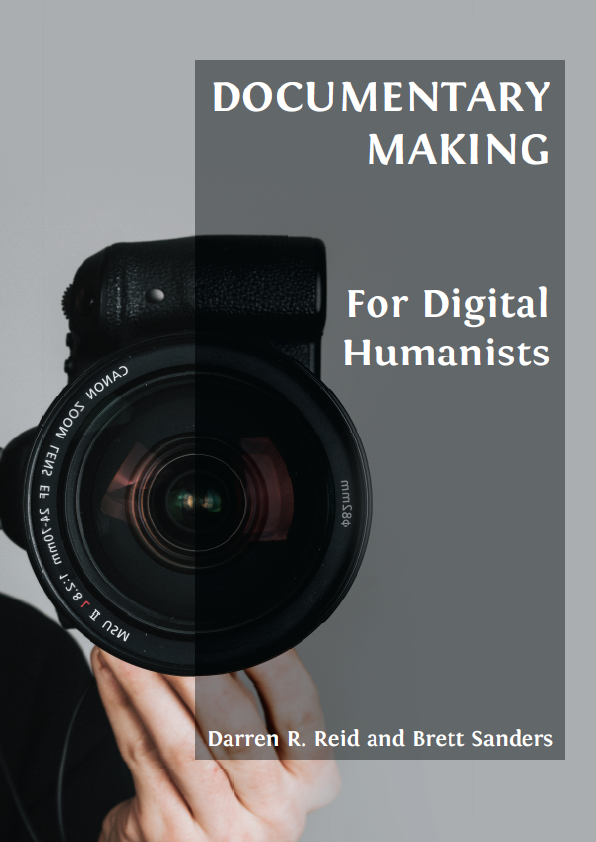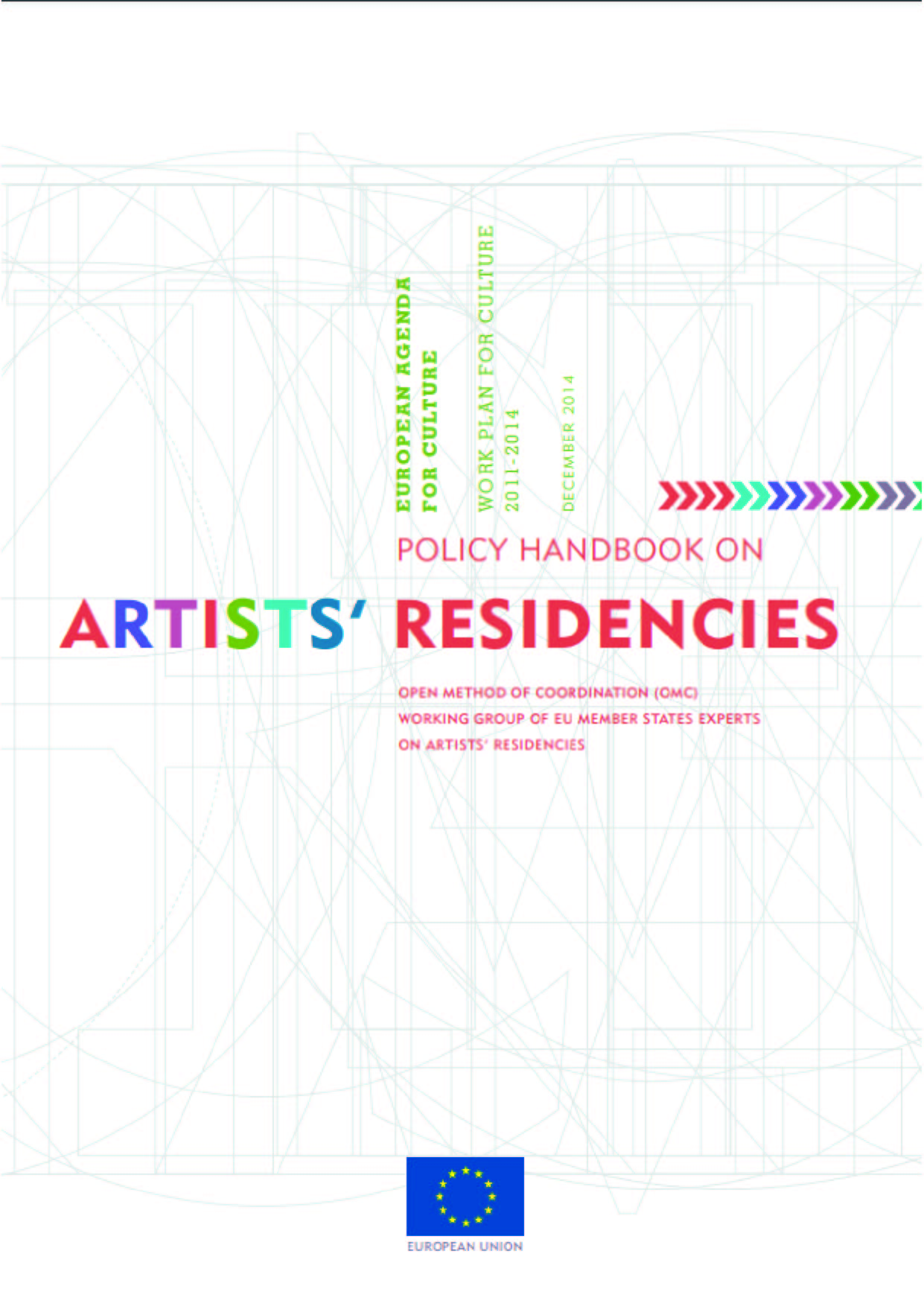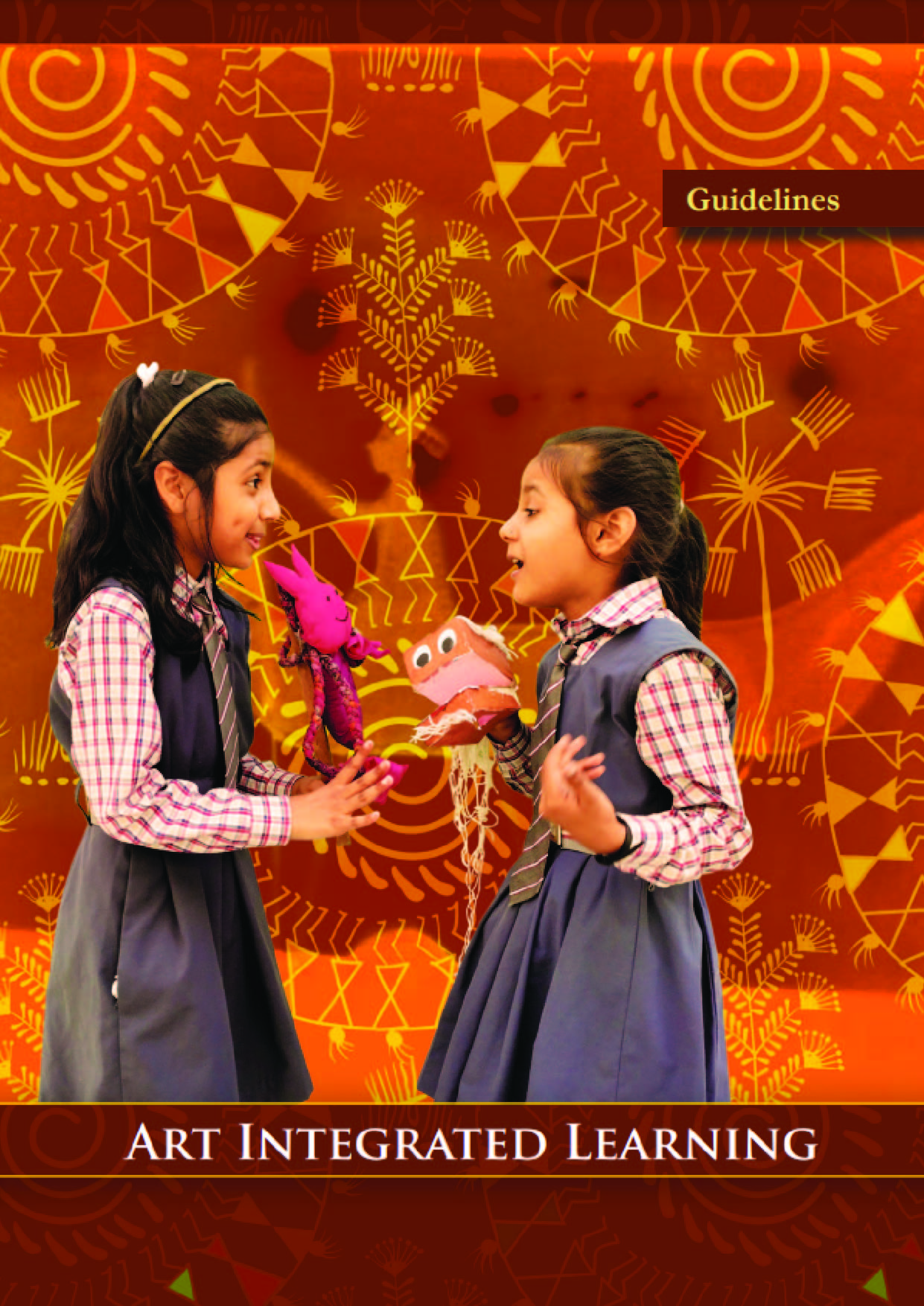This book, created on the occasion of the 25th anniversary of the Marianna Kistler Beach Museum of Art, aims to recognize and celebrate people for whom spaces in the museum were named. Its intention is not to present an overall history of the museum or to describe the generosity of all the people who worked in many ways to make the museum possible. That would require much more research and writing and be a much longer book. The task of researching and writing the stories of people whose names grace work spaces, programming spaces, and galleries was itself a large one, and was taken up with enthusiasm by members of the board of the Friends of the Beach Museum of Art during the two years leading up to the anniversary. I am so pleased that their work preserves these stories.
The original 26,000 square foot museum building opened in 1996. Its small staff received hundreds of K-State-owned art objects from departments all over the university. Remarkably, in 2003, the Beach Museum of Art earned full accreditation from the American Alliance of Museums, putting it in the company of some of the best museums in the country. Equally remarkable, a building expansion campaign was launched just five years after the initial opening. The expansion doubled gallery space and added office, education, work, and art storage spaces. The enlarged museum opened to the public in 2007.
Over its first twenty-five years, the museum’s collection has grown to over ten thousand works of art.
The growth of the facility and collections was surprisingly rapid, but I think the steady development of the museum as an innovative resource for its communities is perhaps even more impressive. At age twenty-five, the Beach Museum of Art plays a valued role in regional pre-K–12 education and partners with organizations that serve many categories, including youth, senior citizens, and those with special needs. It routinely engages K-State students and faculty in discovery of shared ground among the arts, sciences, and other disciplines, lending assistance to their research and intellectual growth. It is a welcoming source for thought-provoking experiences and a place for community dialogue. I see all of this mission-centered activity as an especially fitting tribute to Ross and Marianna Beach — and especially to Marianna because of her zest for lifelong learning, love of the arts, and advocacy of opportunities to include those who are marginalized.
When I read the reminiscence of Ruth Ann Wefald that opens this 25th anniversary volume, I was struck by a significant challenge she encountered early in her campaign to raise funds and support for the creation of an art museum at Kansas State University. Academic fund-raising practices at the time assumed that only alumni would contribute, and that alumni would contribute only to the college or department from which they graduated. K-State Foundation leaders of the time were concerned that there would not be enough graduates from the art department with the means to contribute to an art museum. Ruth Ann and those who joined her efforts had a bigger vision. From the onset of their campaign, they understood that the arts benefit everyone and that a university art museum would not only enrich the intellectual life of the entire campus but also bring enjoyment and lifelong learning opportunities to the entire community — local, statewide, and beyond.
With that vision strengthening their resolve, Ruth Ann and her team of volunteers proceeded to reach out broadly for support — very broadly. They embarked on a series of informational and fund-raising trips around the state. They spoke in front of clubs and civic organizations and private gatherings. They developed a flexible presentation that included glimpses of the homeless art collection already held by the university. It was a collection originally driven by John Helm’s passion for art, nurtured by the Friends of Art group he founded, and catalogued by K-State’s first art curator, Jessica Reichman. But beyond describing a collection that deserved to be shared with the public, they introduced the idea of an art museum and all it could be.
